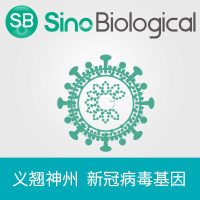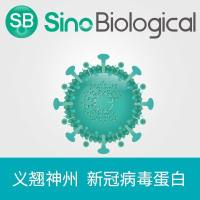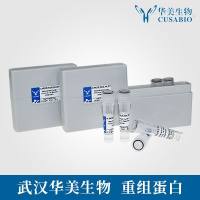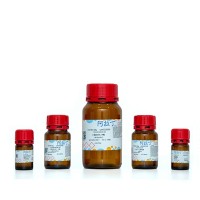Optimizing Polyethylenimine-Based Gene Transfer into Mammalian Brain for Analysis of Promoter Regulation and Protein Function
互联网
互联网
相关产品推荐

SARS-CoV-2 (2019-nCoV) Spike Gene ORF cDNA clone expression plasmid (Codon Optimized)
¥4690

AAT-promoter-Luc荧光素酶报告基因质粒(AAT-promoter luciferase reporter plasmid)
¥3385

Coronavirus Nucleocapsid重组蛋白|Recombinant SARS-CoV-2 Nucleocapsid-AVI&His recombinant Protein,Biotinylated
¥4520

Recombinant-Mouse-Killer-cell-lectin-like-receptor-subfamily-G-member-1Klrg1Killer cell lectin-like receptor subfamily G member 1 Alternative name(s): Mast cell function-associated antigen 2F1
¥10458

消泡剂 SE-15,aqueous emulsion for bacterial and mammalian systems,阿拉丁
¥199.90
相关问答

